Nearly every country has some tradition of flatbread, whether corn tortillas in Mexico or spongy sourdough injera in Ethiopia. Most of these recipes date back millennia, as they require little equipment and can be made simply with flour, water and heat. Only later did risen loaves evolve, and even then primarily in regions with ample trees that provided the greater heat source needed for oven baking. Despite the preponderance of loaf-style bread today, numerous styles of wheat flour flatbreads remain staples around the globe.
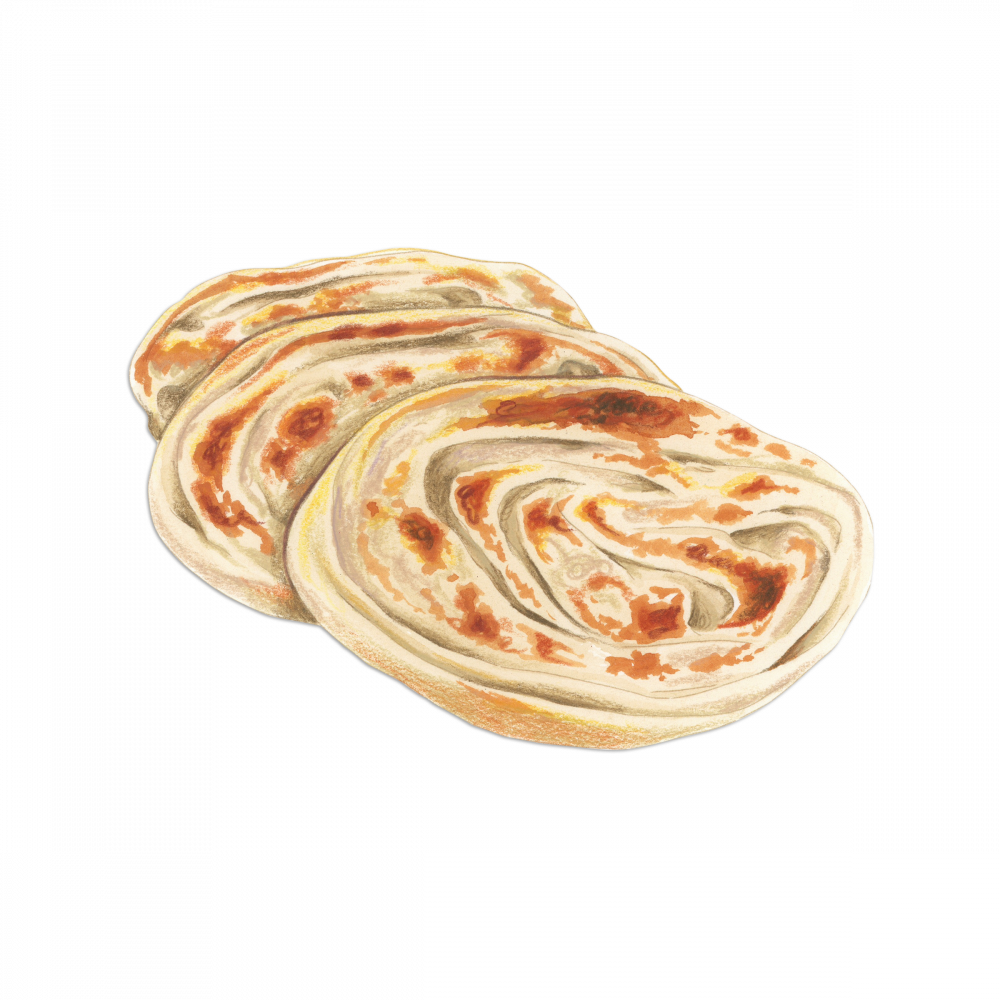
PARATHA
India has many flatbreads, including naan and roti, typically cooked on the inside walls of a tandoori oven. Lesser known are parathas, which are skillet-baked and have distinctive flaky layers. This is because the dough—made with either atta (stone-ground whole wheat flour) or maida (white flour)—is rolled out, coated with ghee, rolled into a cylinder, then rolled out again before cooking. Parathas are served with curries for dipping, or can be stuffed with spiced mashed potato or elaborate combinations of minced meat and egg.
HIMBASHA
Spongier and somewhat thicker than other flatbreads, this spiced bread from Ethiopia and Eritrea is made on special occasions, particularly Christmas. Flavorings for the mildly sweet dough most often include ground cardamom, raisins and black sesame seeds. The dough rises twice before being decoratively scored, then baked in a wide, shallow pan. Traditionally, himbasha is broken over a child’s back on the first birthday to give strength.
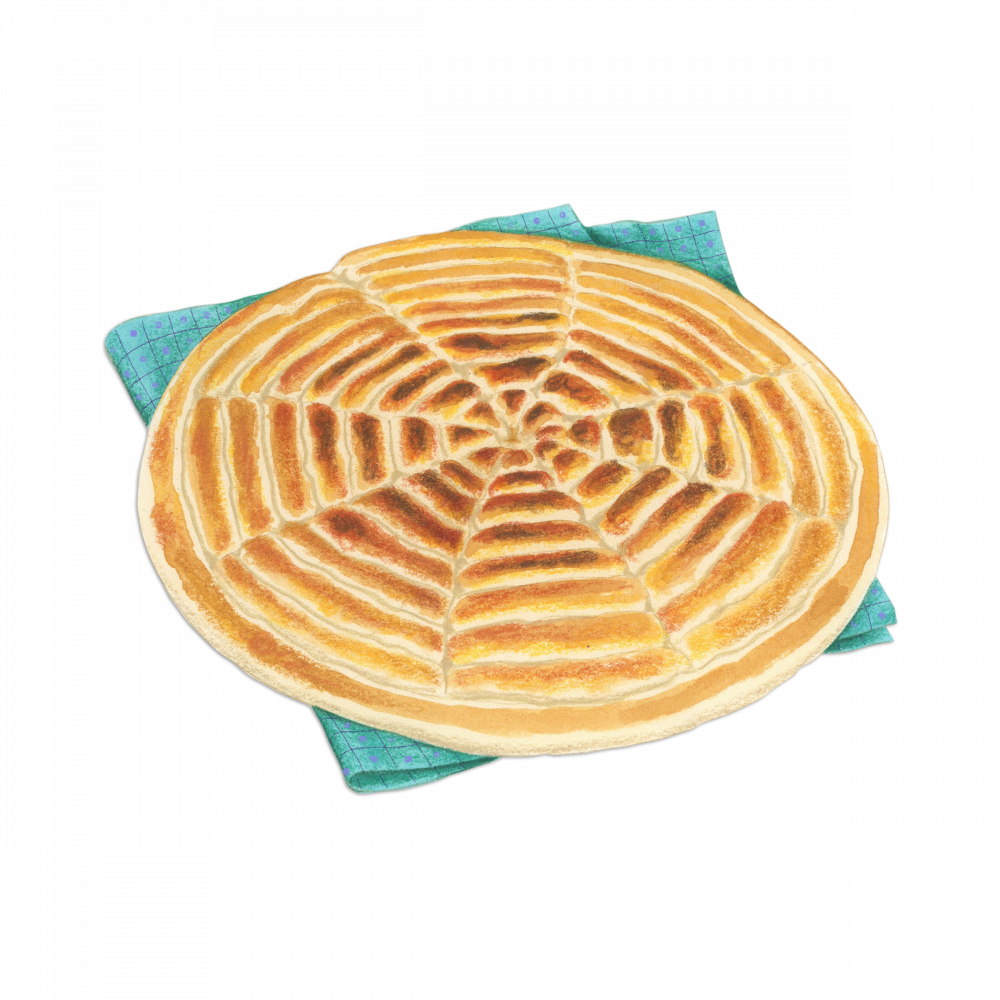
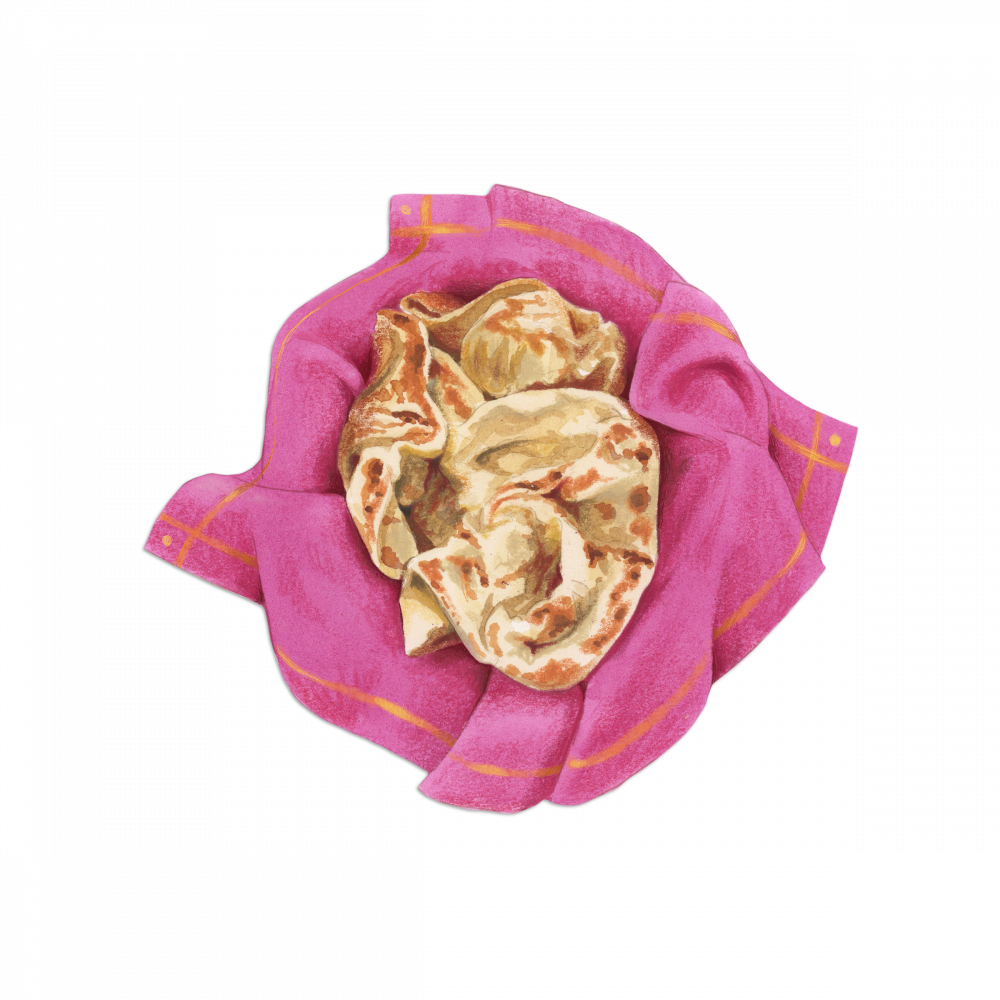
BUSS UP SHUT
A cousin of parathas that was brought to the Caribbean by Indians who came to work the sugar plantations, this tender flatbread is crumpled with spatulas as it cooks on a griddle. The rumpled texture evokes the Creole background of its name—shortened from “busted up shirt.” More importantly, breaking up the dough varies its contact with the heat, creating a mix of crispy, crunchy and chewy textures.
TORTA DE ACEITE
Meaning simply “oil cake,” torta de aceite is a traditional crispy flatbread from southern Spain (it even got a mention in “Don Quixote”). Slightly sweet, flaky and aromatic of anise, tortas are made mostly from flour and olive oil and come dusted with sugar. The small rounds weigh about an ounce. They are eaten as a snack with coffee, or occasionally are served with olives and hard cheeses.
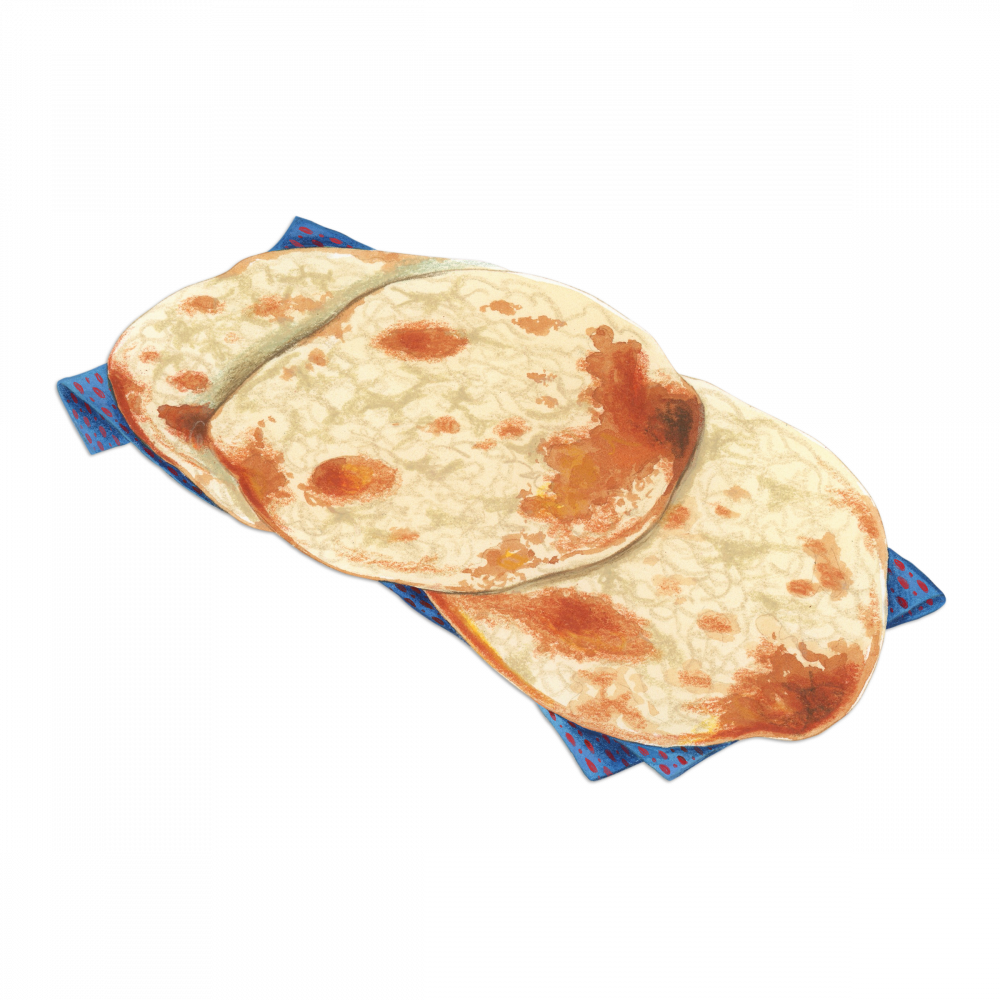
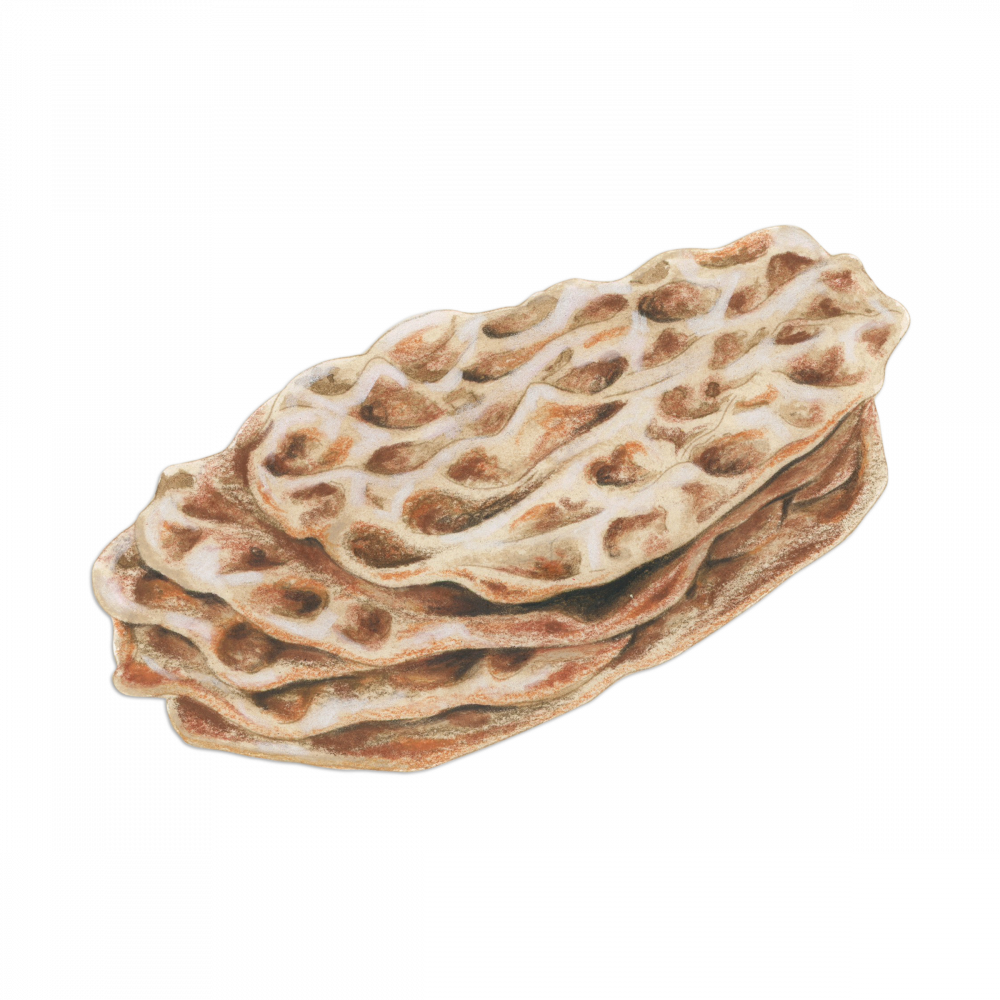
TABOON
Also called laffa, this Levantine flatbread gets its unique texture from baking over a bed of smooth stones in an oven by the same name. The earthenware oven is half-buried and covered by a lid, and the rocks on the bottom create irregular heat points for the yeasted dough, which browns and bubbles in spots. When slathered with hummus and rolled with falafel or meat, it becomes a popular street food. But it also forms the base of musakhan, a Palestinian dish of sumac-spiced chicken mixed with tahini.



